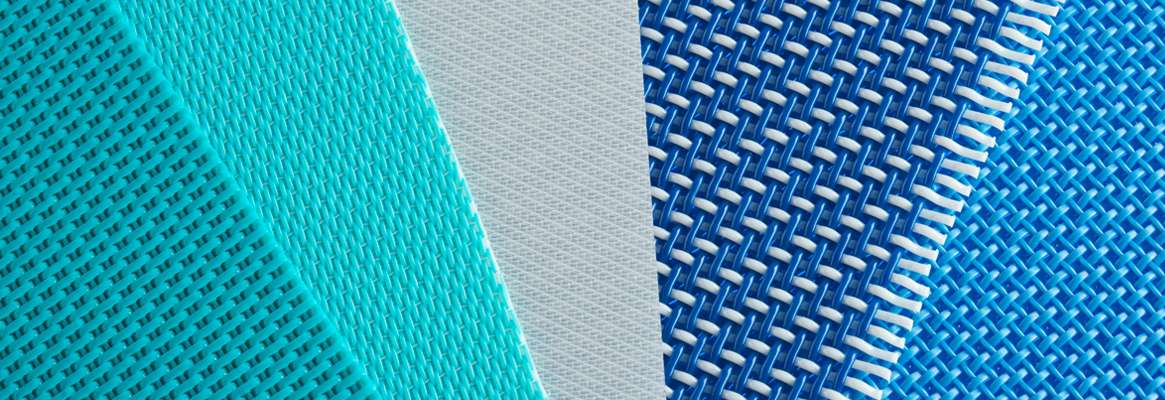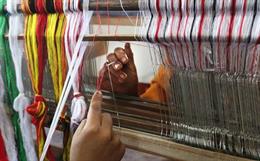By: ShramanaGanguly Mehta
Fighting insurgency and combating terrorism, the 3-millionpersonnel of the Indian Armed Forces and para-military forces depend heavily onimports for their protective gears. Be it bullet proof jackets, high altitudeclothing, fire retardant apparel and NBC suits, about 60% of their requirementof protective clothing is met through imports.
As growing security concerns push the requirement of theseprotective textiles or protech from Rs. 1, 259 crore (during 2007-08) to Rs.2,021 crore by 2012-13, Indian textile players might as well use it as aspringboard to spearhead the growth of the entire technical textiles sector.With the much-needed Indian Technical Textile Association (ITA)finally seeing the light of the day, this might just be India's chance totake the entire spectrum of technical textiles from its current Rs. 41, 756crore to Rs. 70,151 crore by 2012-13. With Union textiles minister DayanidhiMaran vouching for technical textiles as the facilitator aiding the giant leapfor the Indian textiles sector; the ball has been set rolling. Close on theheels of finalising the National Fibre Policy, the government was informed bythe sub-group on specialty fibres that while the technical textile industry islikely to grow at 6-8% per annum till 2020 without any policy interventions,government interventions could push it to 12-15% per annum till 2020.
Focus needed on high-end products
Amid growing demand for various application of technical textilesin our daily lives from baby diapers, face wipes, airbags, mosquito nets,umbrellas, India is indeed struggling with lack of technical know how onmanufacturing and marketing these high specialty fabrics, one of the mainimpediments to the growth of this category. Hence, the ITA came into being.
Says joint textiles commissioner (economics) Shashi Singh:While India has been producing and exporting packtech in substantial numbers,it needs to focus on high-end products. Bullet proof jackets, high-altitudeclothing and parachute fabrics for instance, would find eager takers in bothdomestic and export markets. We are yet to make strides in that category.Further, currently sourcing about Rs. 4,000 crore of technical textiles fromoverseas market against Rs. 3,000 crore exports, India stands a fair chance ofincreasing its self-sufficiency if players in bigger numbers join the industry.Arun Jariwala (chairman of Federation of Indian Art Silk Weaving Industry) isthe chairman of the industry think-tank. ITA would suggest a policy frameworkunder the National Technical Textiles Policy. Further, it would facilitate theusage and production of technical textiles in India, JVs, marketingalliances and research thereby helping the industry to grow internally andbecome a key player in the international market, said Amit Agarwal, directorof CTM Technical Textiles Ltd. and ITTA secretary. Having already roped in 70members with ITTA, we are gung ho about the membership drive tostrengthen it as our parent body, he said.
Chairman of Confederation of Indian Textile Industry (CITI)and MD of Ginni Filaments Shishir Jaipuria added with government's thrust ontechnical textiles, players in the category could expect a clear cut vision interms of exports. ITA could be expected to address issues pertaining toskilled manpower requirement of the industry apart from initiating JVs andFDls in it.
Originally published in The Economic Times, Ahmedabad dated: April 26, 2010







